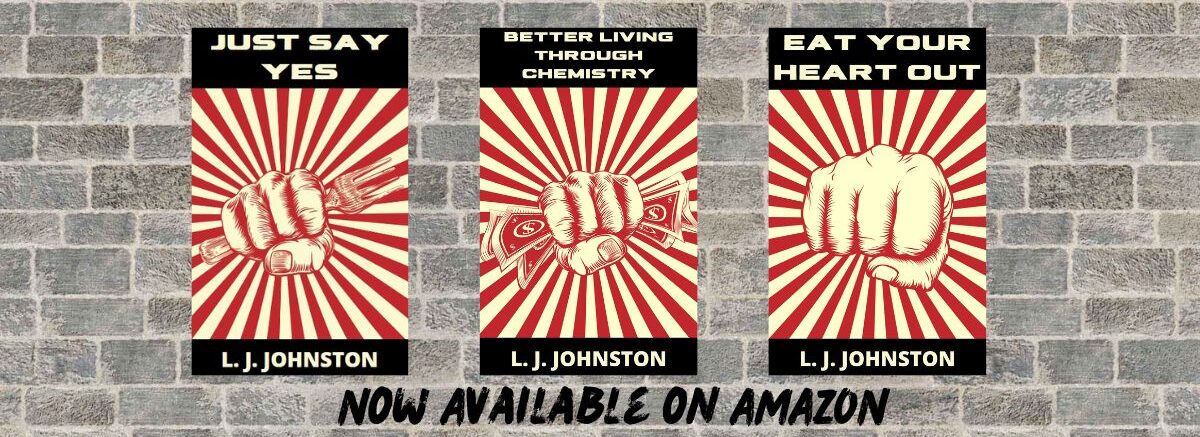
Raised in a Southern Baptist household, I recall it being said on more than one occasion that a woman's hair was her 'crowning glory'. I understood the words and concept. But like most children, the deeper meaning sailed over my head.
I certainly didn't see that principle practiced at home. My mom experimented with many different hair styles when I was growing up. There was the home perm, the 'Dorothy Hamill', the pixie cut, the peroxide blonde, even one phase of wigs! None of which were anything I would put in the 'crowning glory' category. Not that her hair wasn't attractive - Mom always took great pains with her appearance. But when I thought of 'crowning glory', I guess I had more of a Rapunzel look in mind, and believe me, Mom never reminded me of Rapunzel. I believe it is the Pentecostal faith that disallows women from cutting their hair, not the Baptists. If indeed it was a Baptist tenet, Mom sinned mightily.
In my former day job as a tennis instructor, I have students of all different cultures and faiths. One of my Muslim students was eager to share about her faith and its various precepts. From her I learned how much a woman's hair is revered in their faith, and why after a certain age (when they 'become a woman'; i.e., get their period) they cover it up. Apparently the logic goes like this: when it is so long and luxurious, it is a tremendously attractive temptation to the males. Best cover it up rather than invite unwanted advances. Keep in mind she was about 10 at the time, so something may have been lost in the translation there. Apologies if this is incorrect.
I understand why long hair on women was perceived as desirable and attractive back in the day. With the origins of Christian and Muslim faiths in the Middle East where long, thick, wavy 'Princess Jasmine' hair runs strong in the gene pool, I bet Princess Jasmine hair was pretty common. If I had hair like that, I wouldn't cut it, either! But much has changed. Genetic diversity has resulted in diluting the Princess Jasmine gene. For every head of Princess Jasmine hair, there are many that are more Phyllis Diller or Bride of Frankenstein. Leaping into the breach, technology in the entertainment industry has made fictional hair do things no natural hair could ever achieve. I love long hair when it looks like Cher's. But it's so rare anymore to see hair in a natural state that hasn't been colored or processed or flattened or curled or blown out and sprayed to within an inch of its likely very damaged split ends to achieve, however briefly, the cartoon ideal.

The Roaring Twenties ushered in an age of follicle liberation. Someone, somewhere decided all that long hair and tedious braiding and brushing and pinning just wasn't worth the trouble. That someone was a man: Monsieur Antoine, by some accounts the first celebrity hair stylist. The Czech-born Paris resident claimed he was inspired by Joan of Arc, who was in the process of being beatified about the time Antoine got his inspiration (early 1900s). Joan claimed to be inspired by no lesser style icon than God Himself to cut her hair into a 'pageboy', a style worn by many male knights of her era. Didn't work out so well for Joan, but nearly 500 years later there was a decidedly better outcome for women around the world when Antoine's stylings set off a short-wave tsunami.
Short hair styles for women have come a long way, but we've got a ways to go. For every chic trendsetting Twiggy, there are three extension-wearing pseudo celebrities. Short hair is often depicted as a tragedy or punishment in movies. One exception, ironically, is reality TV, where spiffy short 'dos are typically part of the winning formula in makeover shows featuring 'real' women. I'll feel better when we see a blockbuster with a strong, smart, female lead whose prospects improve AFTER she cuts her hair. Hey - there's an idea! Sorry - gotta go - there's a niche that needs filling!
The original version of this post was published in March 2014.




 Not being a country music fan, about all I know about Kitty Wells before listening to her obit on NPR is that she was a singer in that genre. What piqued my interest was that she was one of the first female singers to hit big. Her first hit, 1952's
Not being a country music fan, about all I know about Kitty Wells before listening to her obit on NPR is that she was a singer in that genre. What piqued my interest was that she was one of the first female singers to hit big. Her first hit, 1952's 












